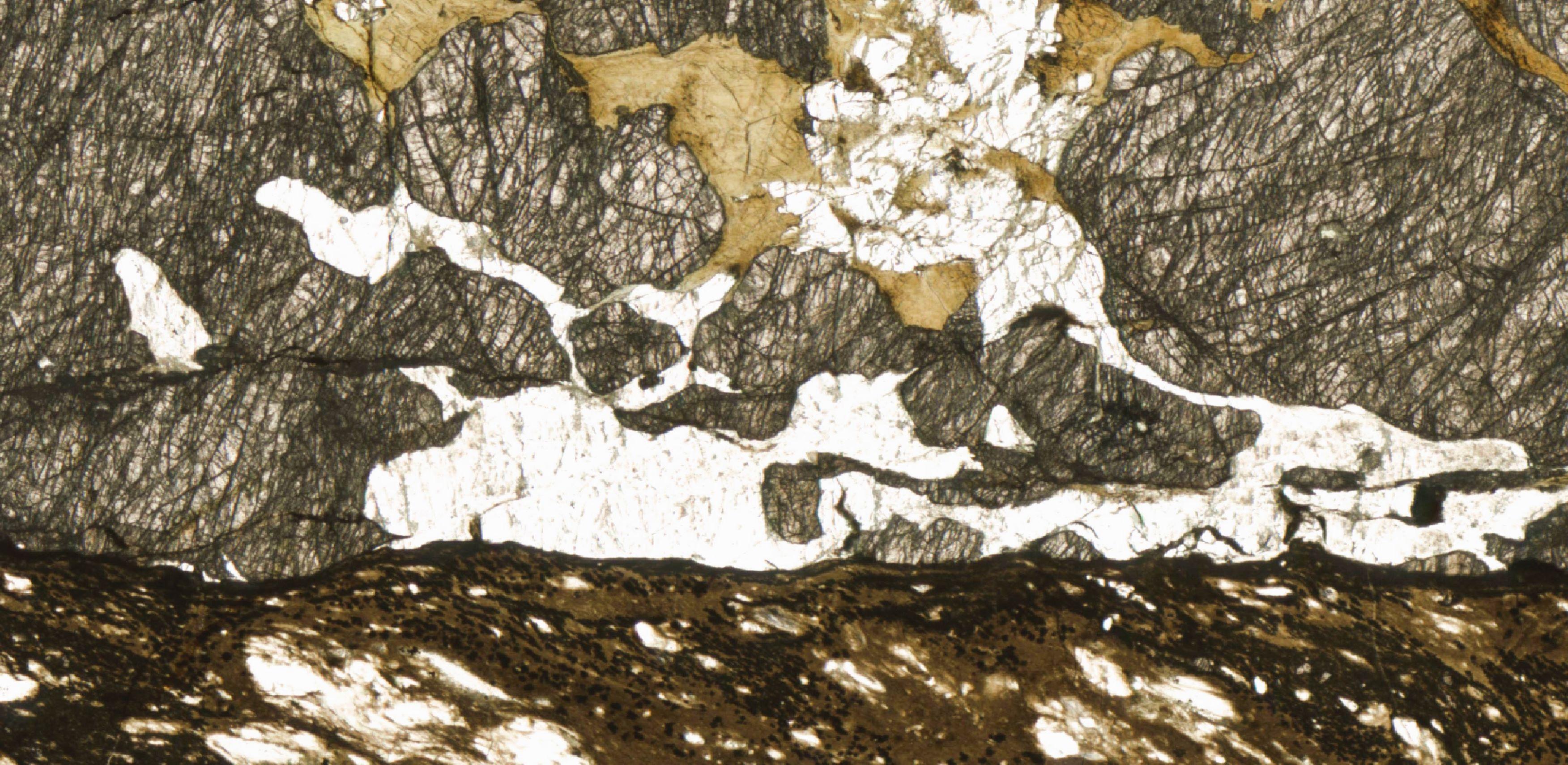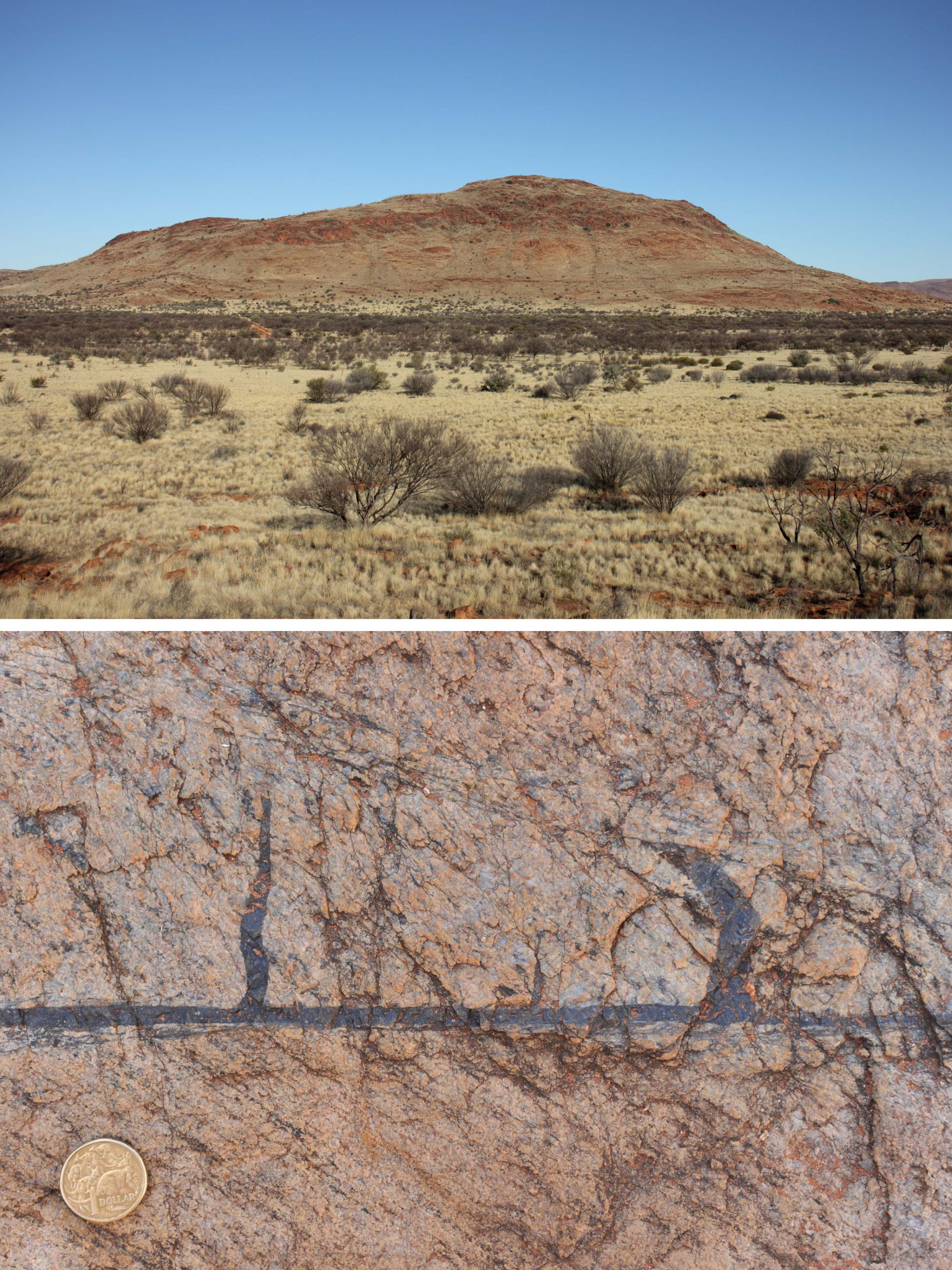
Submitted by Dr C.M. Martin-Jones on Tue, 12/03/2024 - 15:01
Earthquakes happen when rocks deep underground break and slide past each other suddenly: releasing seismic waves that cause shaking. But shaking is just one way that earthquakes liberate their pent-up energy.
Around 80% of an earthquake’s total energy actually stays within rocks close to the fault rupture. When a fault slips, large amounts of energy go into mechanically breaking up the rocks surrounding the fault, as well as heating them through friction (just like when you rub your hands together for warmth).
In a new study led by the University of Padova, and involving David Wallis from Cambridge Earth Sciences, researchers examined tiny defects within rock crystals from a fault zone to better estimate the proportion of earthquake energy spent on mechanical wear versus frictional heating.
Understanding the earthquake energy balance is important because the amount of energy lost to rocks can determine how much residual energy is radiated as seismic waves, and therefore the resulting ground shaking at the surface.
The researchers examined garnet crystals within glass-like pseudotachylytes —a type of rock which forms when frictional heat from an earthquake is so excessive that it melts the rocks.
Usually faults are buried many kilometers underground, but the fault the researchers studied — in the Musgrave Ranges, central Australia — is exposed at the surface, giving a rare window into earthquake mechanics. This particular fault is also unusual because it has only broken once, meaning subsequent tremors haven’t written over the earthquake record preserved in its rocks.
“We show that exhumed fault rocks can preserve the complete record of the processes that, in a matter of only few seconds, dissipate most of the energy released during an earthquake,” said lead author Giovanni Toffol from the University of Padova.
View of the Woodroffe Thrust in the Musgrave ranges, central Australia (top). The cliff in the upper part of the mountain is made of pseudotachylyte. The photo beneath shows a typical pseudotachylyte rock, containing a fault vein of melted rock. Photo credits: Giovanni Toffol.
For their investigation, the researchers used a high resolution form of electron microscopy, called electron backscatter diffraction — a method Wallis has pioneered on geological materials. Using that technique, the team measured imperfections inside the crystal lattice and determined how much stress and strain the crystals were holding.
Their results showed that frictional heat was the largest component of the on-fault earthquake budget (over 97 %). In contrast, only a small proportion went into mechanical wear in the form of new fractures (2 %) and a smaller proportion caused crystal distortion (less than 1 %).
Although the results show that crystal distortion is not a major factor in the total energy budget, the crystals are still holding surprisingly large stresses said Wallis. The stresses trapped within the crystals after the earthquake would be great enough to break most rocks if similar stresses were applied over larger scales, he said.
Previous studies have calculated the energy contributions in the form of frictional heat and fracturing, but “no one had measured the associated crystal distortion before, so we didn’t know its contribution to the energy budget,” said Wallis.
The results provide important confirmation that existing estimates of contributions to the energy budget are accurate, he added.
Previous work by Wallis has shown these tiny imperfections can also determine how the ground settles and resets after a large earthquakes — potentially contributing to the countdown to a repeat event.
Reference: Toffol, G., Pennacchioni, G., Menegon, L., Wallis, D., Faccenda, M., Camacho, A., & Bestmann, M. (2024). On-fault earthquake energy density partitioning from shocked garnet in an exhumed seismic midcrustal fault. Science Advances, 10(9), eadi8533.
Feature image: Thin section of a pseudotachylyte fault vein cutting through intensely fractured garnet crystals. Photo credit: Giovanni Toffol.

